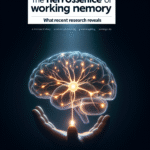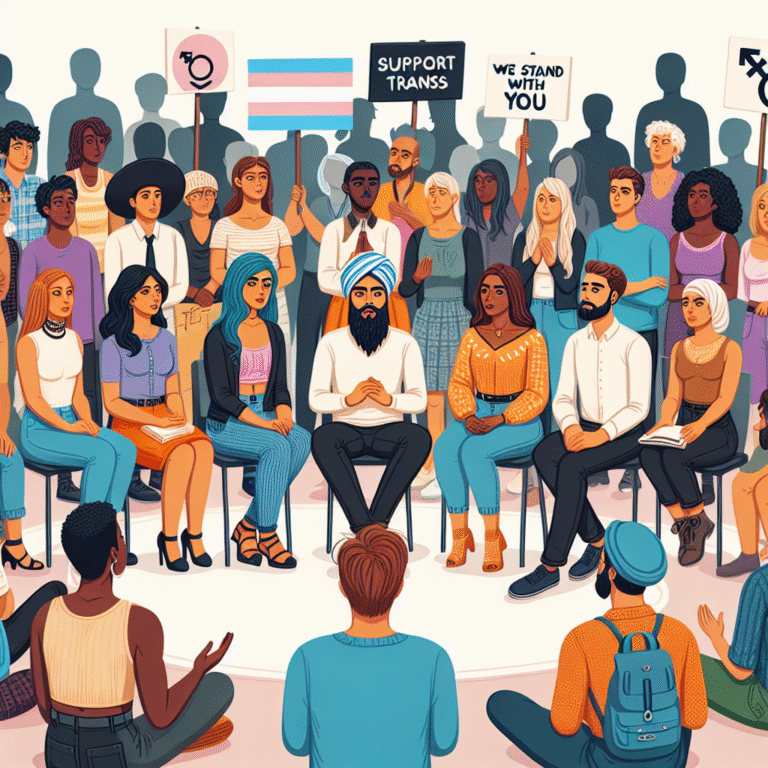
Overcoming the Odds: Parent Perspectives on Disability and Stigma
Introduction
In a world filled with challenges and triumphs, few narratives resonate with resilience as powerfully as the stories of parents raising children with disabilities. "Overcoming the Odds: Parent Perspectives on Disability and Stigma" is not just a journey of survival; it’s a testament to the strength of love, advocacy, and the relentless pursuit of acceptance. Parents navigating this path confront not only the varying abilities of their children but also the societal stigmas that can perpetuate isolation and misunderstanding.
The stigma surrounding disabilities is often nuanced and deeply ingrained in societal beliefs. This article aims to shed light on the experiences of parents who are overcoming these odds, sharing insights and strategies that can foster understanding, acceptance, and ultimately, empowerment. Through personal stories, case studies, and actionable insights, we will explore how these families confront stigma and strive for a world where differences are not just tolerated but celebrated.
Understanding Disability and Stigma
The Nature of Disability
To fully grasp the journey of parents in this context, it is essential to understand the spectrum of disabilities. According to the World Health Organization, disability encompasses a range of conditions—physical, intellectual, sensory, and mental. Each type brings its own set of challenges and stigmas, which can affect how families are perceived within their communities.
The Impact of Stigma
Stigma typically arises from a lack of understanding, leading to negative stereotyping and discrimination. Parents often find themselves not only advocating for their children but also educating those around them about the realities of living with a disability. The repercussions of stigma can affect a child’s social interactions, educational opportunities, and even access to healthcare.
Case Study 1: Sarah’s Journey
Sarah, a mother of a child with autism, illustrates the profound impact of stigma and the measures taken to overcome it. Concerns from teachers about her son’s behavior led to labeling him as "difficult." Instead of accepting this stigma, Sarah engaged with the school, providing education on autism’s nuances and guiding educators in developing inclusive strategies. Her proactive approach not only transformed her son’s educational experience but also fostered a more inclusive environment at the school.
Analysis: Sarah’s story exemplifies how parental advocacy can break down stigma. By taking initiative, she ensured her child was not defined by his diagnosis but recognized for his unique abilities and potential.
Strategies for Overcoming Stigma
Building a Supportive Community
One of the most effective ways for parents to combat stigma is through the creation of supportive networks. Connecting with other parents facing similar challenges can provide emotional sustenance and practical strategies.
Table 1: Support Resources for Parents of Children with Disabilities
| Resource Type | Example | Description |
|---|---|---|
| Online Forums | Autism Support Network | A community for parents to share experiences. |
| Local Support Groups | Special Needs Network | In-person gatherings for advice and understanding. |
| Educational Workshops | Inclusion Advocacy Training | Workshops aimed at teaching advocacy skills. |
Advocating for Change
Parents are often on the front lines of advocacy. They combat individual stigma by driving broader social change. Engaging in policy discussions, participating in workshops, or sharing personal stories can significantly affect public perception.
Case Study 2: John’s Advocacy
John’s experience is a striking example of parental advocacy leading to systemic change. After facing discrimination for his son’s cerebral palsy during sports activities, John rallied other parents and collaborated with local sports associations. Together, they developed adaptive programs that allowed children with disabilities to participate fully, showcasing their abilities.
Analysis: John’s advocacy highlights a crucial aspect of overcoming stigma: transformation of community attitudes through active participation. His efforts not only benefitted his son but created lasting change for all families in the community.
The Role of Education and Awareness
Educating the Public
Education is a powerful tool against stigma. Parents can play a pivotal role in organizing community outreach programs that inform others about disabilities, discuss common misconceptions, and promote inclusion.
Case Study 3: Maria’s Awareness Campaign
Maria, inspired by her daughter’s profound hearing loss, launched a campaign aimed at educating her community on sign language and the realities of living with hearing impairment. Her workshops transformed perceptions, dispelling myths about those with disabilities and highlighting their capabilities.
Analysis: Maria’s campaign is a testament to how education can combat stigma. By fostering understanding, she created a more inclusive community, allowing her daughter and others to thrive.
Celebrating Strengths and Abilities
Focusing on the Positive
Instead of allowing stigma to define their children, many parents choose to spotlight their abilities. Celebrating milestones—no matter how small—can empower both parents and children.
Table 2: Celebrating Milestones in Disability
| Milestone | Example | Impact |
|---|---|---|
| First Word | Child with Speech Delay | Boosts confidence and encourages communication. |
| Successful Social Interaction | Child with Autism | Enhances social skills and reduces isolation. |
| Participation in Activities | Child with Down Syndrome | Promotes inclusion and self-esteem. |
Conclusion
In "Overcoming the Odds: Parent Perspectives on Disability and Stigma," we have explored the multifaceted journey of parents confronting discrimination and misconceptions. Through advocating for their children’s rights, engaging in educational initiatives, and emphasizing their children’s unique strengths, parents can not only change their circumstances but also shape societal attitudes towards disabilities.
As we reflect on these experiences, we are reminded that while challenges are inherent in raising a child with a disability, so too are opportunities for growth, understanding, and change. Parents possess the remarkable ability to inspire others by sharing their stories and championing a more inclusive world.
FAQs
1. How can I support a friend with a child who has a disability?
Offer to listen and provide practical assistance. Attend events when appropriate and educate yourself about their child’s condition.
2. What should I do if I encounter stigma regarding my child’s disability?
Educate those around you; share your child’s strengths and experiences. Seek support from other parents and advocacy groups.
3. Are there resources available for parents of children with disabilities?
Yes, numerous organizations provide support, including local advocacy groups, educational institutions, and online forums focused on various disabilities.
4. How can schools improve their inclusion practices for children with disabilities?
Schools should engage parents in discussions, offer professional development for educators, and create individualized education programs (IEPs) tailored to each child’s needs.
5. What are some effective communication strategies for discussing disabilities with children?
Use age-appropriate language, focus on abilities rather than limitations, and encourage questions to foster understanding.
With empathy, understanding, and advocacy, we can all contribute to overcoming the odds together, fostering a society where disabilities are recognized not as barriers but as unique facets of human diversity.
















